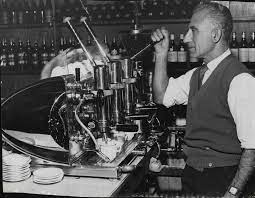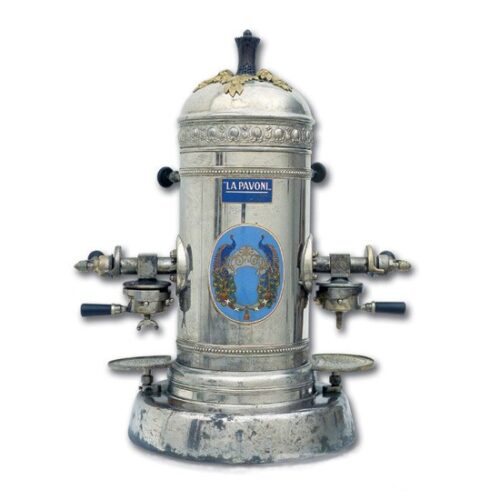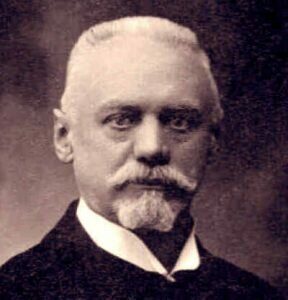Luigi Bezzera 10 Personal Facts, Bio, Wiki
Luigi Bezzera (born in the 19th century; died in the 20th century) was an Italian mechanic. He is considered to be the co-inventor of the espresso machine, along with Angelo Moriondo. Although the original patent for the rapid extraction of coffee with steam and hot water was granted to Angelo Moriondo on 16 May 1884, the method was not initially practical, and machines on this basis were found only in the immediate vicinity of Turin. Bezzera improved this concept and applied for a patent for his innovations on December 19, 1901. These improvements enabled machines with significantly increased throughput and cost-effectiveness. This was crucial for the concept’s subsequent success. Bezzera’s patent (153/94, 61707) was acquired by Desiderio Pavoni, who founded the company La Pavoni in 1905 . Pavoni initially kept the old name and began working with Bezzera on mass production in a workshop in Via Parini in Milan. Bezzera had neglected this aspect. In 1906, the espresso machine was exhibited under the name Bezzera L. Caffè Espresso at the World’s Fair in Milan. The term espresso for coffee prepared in this way was used for the first time on this occasion. Pavoni soon promoted the machine as the “ideal” coffee machine and marketed it under the commercial name Ideale for La Pavoni. Subsequently, Bezzera and Pavoni built independent companies. The Bezzera company is now run by Luigi Bezzera’s great-grandson Luca Bezzera. The name Bezzera comes from Portuguese and is pronounced in Italy with emphasis on the first syllable.
Luigi Bezzera 10 Pics, Photos, Pictures
Luigi Bezzera 10 Fast Facts, Bio, Wiki
Coffee may not have literal roots in Italy (the plants don’t actually grow there), but we have our friends on the Mediterranean boot to thank for one of the world’s most potent punches of caffeine: espresso. During the late 19th and early 20th century, Italy’s Industrial Revolution was in full force, with big, cranking industries popping up faster than you can say “a-pizza pie.” Before long, factory bosses noticed how much more productive their drones after a coffee break. But there was one big downside: The coffee break took too darned long. Each coffee had to be brewed in smallish batches—usually as something similar to what we consider Turkish coffee, with pulverized coffee grounds boiled in water—which could take upwards of five minutes to make and even longer to sip. What to do? Make it faster, of course. One enterprising young Milanese man named Luigi Bezzerra did just what was needed to solve the productivity problem: he built a machine. Specifically, the world’s first single-serving espresso machine, patented in 1901—capable of making very concentrated, gulpable drinks in as little as half a minute. Bezzera’s primitive prototype was essentially an enclosed metal tank, half filled with water that would be heated up over an open flame. As a by-product of this constantly heating water, a layer of steam would build in the top half of the chamber, increasing in pressure as the temperature rose. The first baristas would then unscrew a valve on the bottom of the machine, wherein would be placed a handle packed tight with finely ground coffee. The pressurized steam, desperate to escape its metal cage, would then force the hot water in the reservoir’s bottom through the bed of coffee and—voila! (or, in Italian, ecco!)—a quick concentrated little magical elixir would appear. Three sips later, the factories were buzzing again, and Luigi Bezzera would go down in history as the inventor of espresso.



